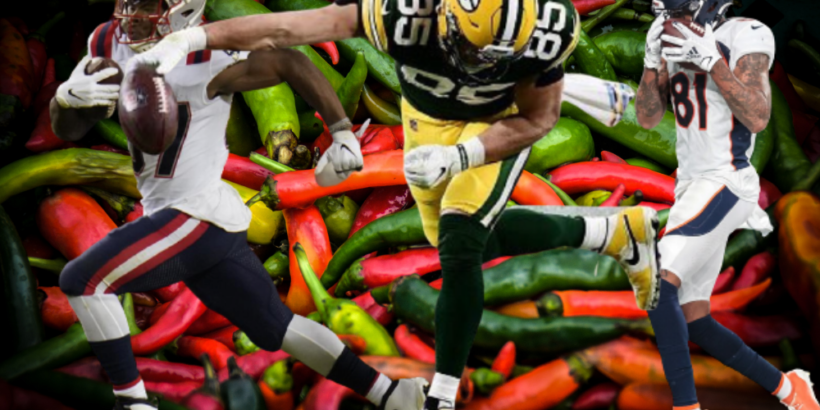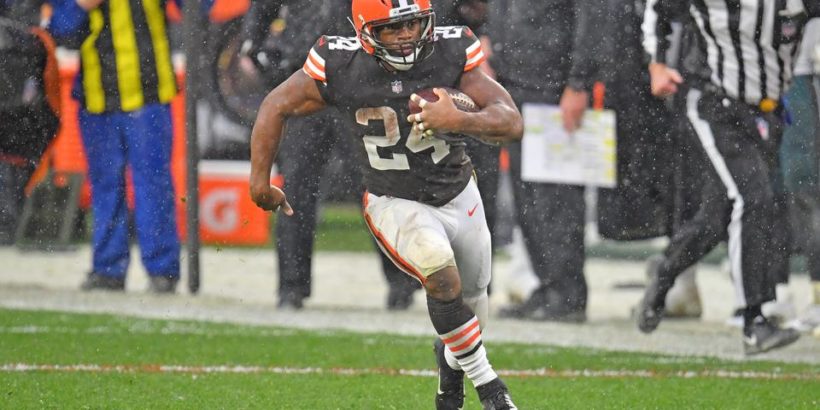To be a good fantasy sports manager (or anything in life) you have to know what you’re good at, and what you are not. It comes as no surprise to anyone who has ever played with me in a league, I am pretty terrible at trading.
Without getting into a huge rant, I don’t understand why people don’t want to make a fair deal. Trading at its most fundament should be moving an excess position for one that you are weaker at. Some (most) people will simply not trade if they don’t feel they are “winning” the trade.
So with all that said, I’ve called in @deejjarvis to handle this aspect of your roster construction. Deej, take it away…
Every format spanning from redraft (the hardest) to dynasty (the easiest) has its own strategy for trading. I am here to lend a hand with that.
Redraft
Mostly because there is no such thing as future assets and rarely FAAB, redraft is the hardest format to trade in.
The majority of the time, to get a deal done you have to be willing to trade a dollar straight-up for another dollar.
What I mean by that is, that it is hard (read nearly impossible) to trade within the same position.
Your best bet is to load up at a certain position in the draft, becoming deep at that position and being able to trade for one of the positions you are more shallow.
You can sometimes get away with trade two fifty-cent pieces for a dollar, but will often cost you an RB2 and a WR2 to move up to the WR1.
Dynasty
Dynasty is my favorite format and my favorite one to trade in.
Often is dynasty, you’re not necessarily trading a player for player, but a future asset for a player to help you win now.
I like to keep mental notes on other owners, their trade tendencies, their favorite players (sometimes this is players they have a lot of stock in, in other leagues), their favorite teams. You also want to keep track, if possible, of players they don’t like for whatever reason, because they are the morality police (like Doug) or because they got burned by the player years ago (this is legit).
Some people go the extra mile and actually write these things down, but mental notes are good enough.
When you reject trades or even send trades, it is nice to send a little note explaining things. This keeps you in a good partnership with owners. People don’t like trading people with they auto-reject good offers with no explanation or constantly send low-ball offers.
Contract/Salary Leagues
These leagues are also fun to trade in.
Because, like in real life, people become free agents.
If you’re a contender, look for expiring deals that you can acquire for future assets to help make the final push.
On the other hand, if you’re down and out of it for the chance to play for the title, find those expiring deals and build your team for the future by sending them for future assets.
In any league where you have a chance to trade future assets or players that aren’t helping you right now, you should never be afraid to sell to win championships. That is the goal in fantasy football.
In Conclusion
Drafting and trading are the two most fun things to do in fantasy football.
This guide is to help you succeed in those two avenues. But, if you find yourself in a sticky situation in trade negotiations, there are a lot of good calculators out there that can be a final sounding board.
As always, if you need a little help or push, your friends at For Fantasy Sake are here to help.




